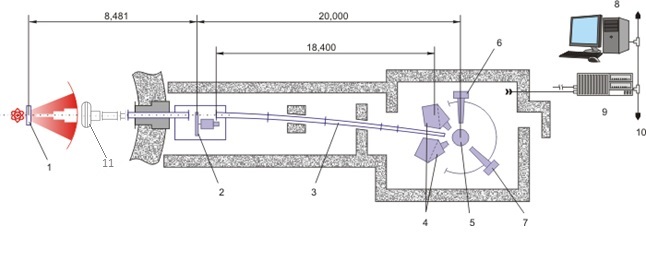
1 – Moderator
2 – Fourier Chopper
3 – Guide Tube
4 – Main Detector
5 – Sample Position
6 – 90°-Detector
7 – PSD Detector
8 – VME Control and Operative Visualization/Analysis
9 – VME Station (OS/9) Data Acquisition
10 – EtherNet Data Transfer
11 - Background chopper
Instrument Responsibles:
Sumnikov Sergey Viktorovich
tel. +7 (49621) 62-132
e-mail: This email address is being protected from spambots. You need JavaScript enabled to view it.
Main research fields:
- Precision analysis of polycrystal structure;
- Monocrystal diffraction peaks shape analysis with Δd/d ≈ 0.001;
- Internal stress analysis in bulk items and materials.
- Analysis of magnetic structures in crystalline materials.
Description of HRFD
A disk chopper intended to reduce the background of recycled neutrons is located in a ring corridor of the IBR-2 reactor. A Fourier-chopper modulating intensity of a primary beam with a frequency up to ~102.4 Hz is positioned at a distance of about 8.5 m from the moderator. The beam on a sample is formed by a mirror focusing neutron guide with an entrance window of 15 × 200 mm2 and an exit window of 15 × 100 mm2. Detectors are arranged around the sample position at fixed distances and scattering angles.
From the main detectors at 2θ=152° and 2θ=90° signals are sent to the correlation electronics, which makes it possible to obtain high-resolution spectra. The position-sensitive detector placed at 2θ=30° is intended for registration of diffraction peaks with large dhkl.
HRFD was constructed in collaboration with PNPI RAS and VTT (Finland) with due regard to operational experience of the first Fourier-diffractometer SFINKS at the steady-state reactor VVR-I in Gatchina. In early 1992 a neutron beam was formed and in June, 1992, first high-resolution diffraction spectra were obtained.
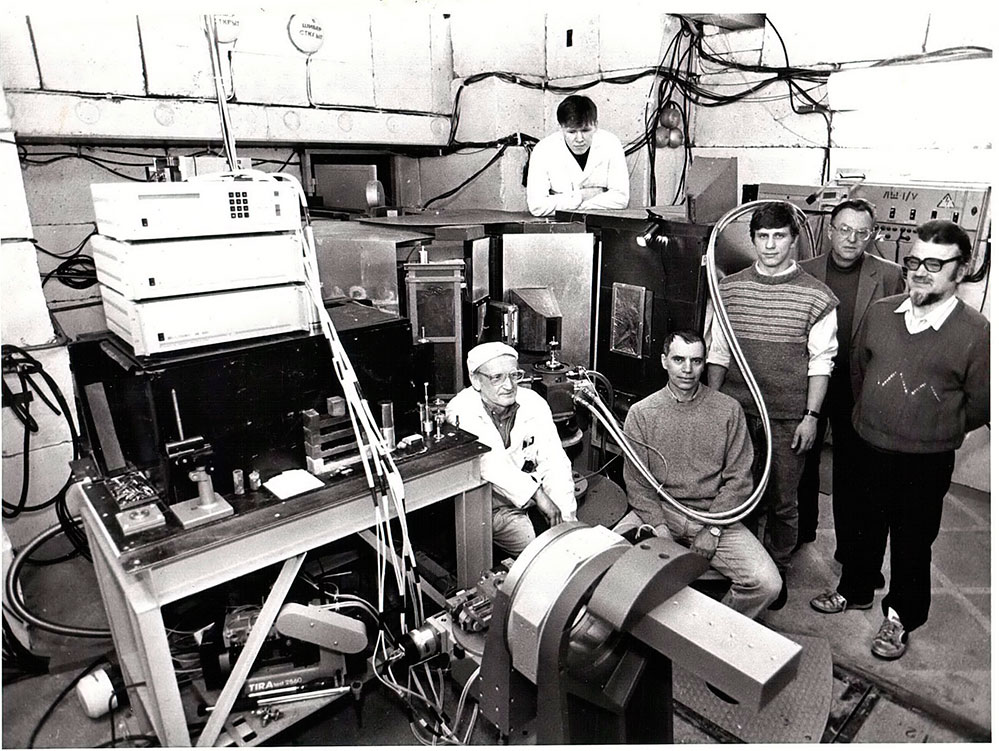
Fig.1. HRFD group (1996). From left to right: V.G.Simkin, N.R.Shamsutdinov, A.M.Balagurov, V.Yu.Pomjakushin, Yu.V.Taran, V.B.Zlokazov.
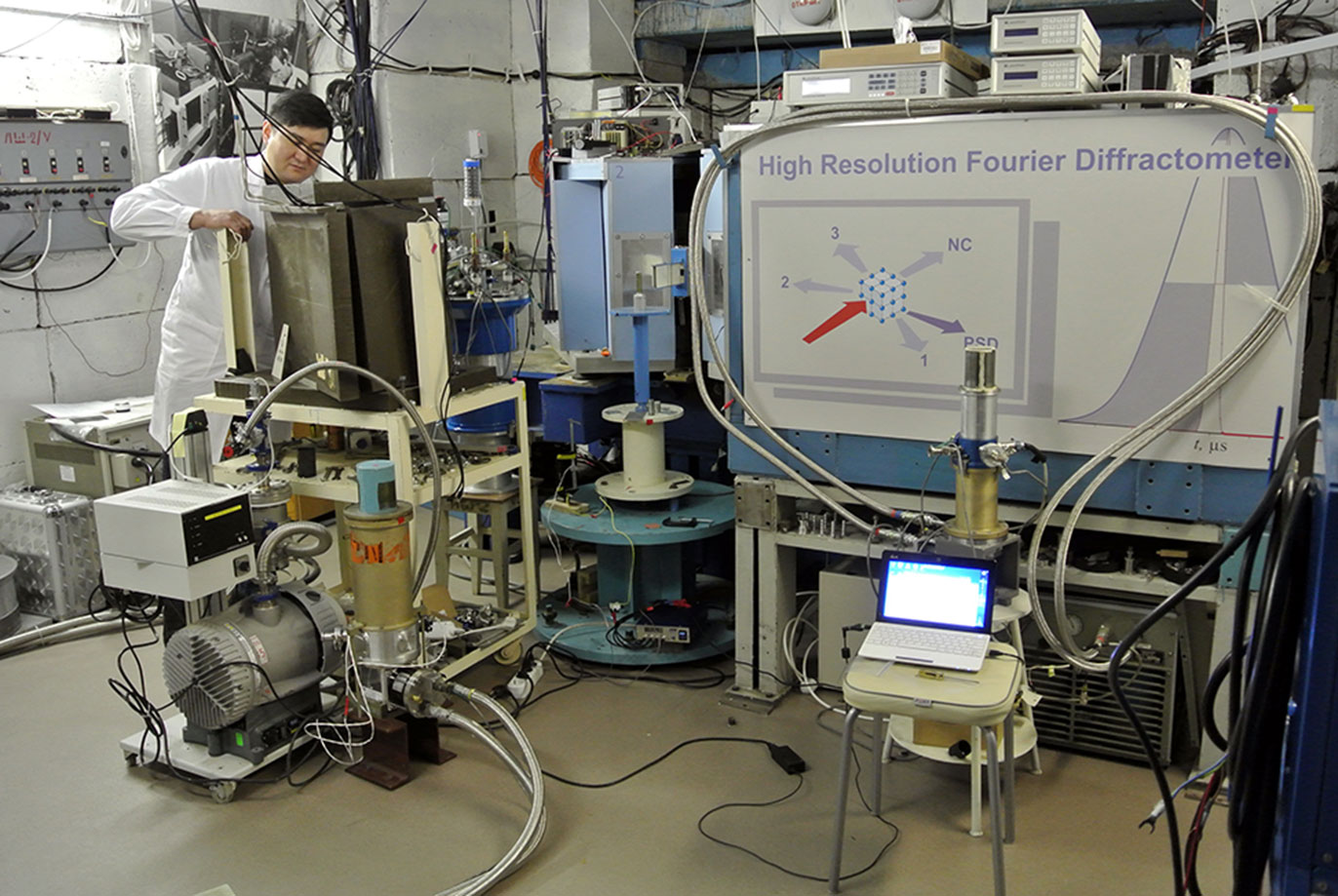
Fig.2. Preparation for a neutron diffraction experiment at HRFD.

Fig.3. A high-temperature vacuum furnace at HRFD.
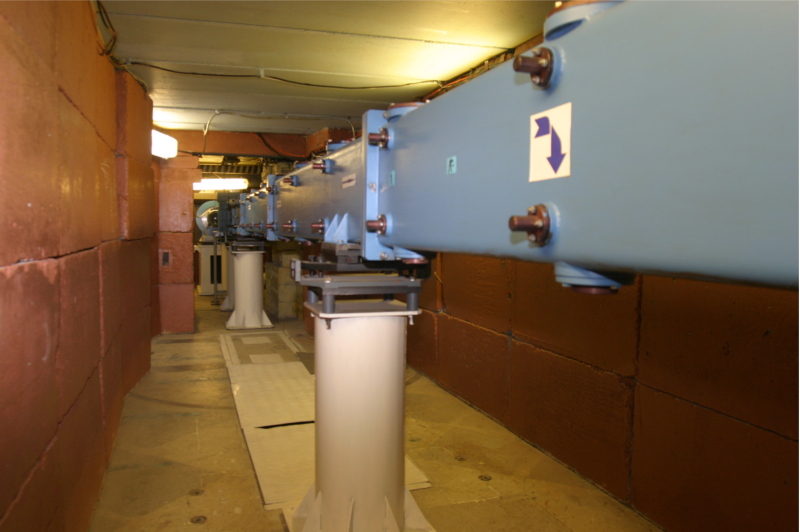
Fig.4. Curved mirror neutron guide.
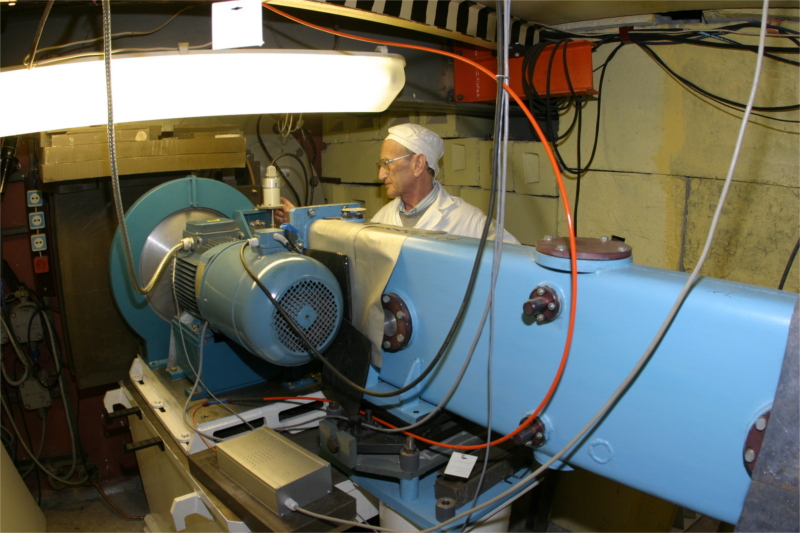
Fig.5. The old model of the Fourier chopper and V.G. Simkin (2008).

Fig. 6. New fourier chopper (2016)

Fig.7. Comparison of neutron diffraction patterns of the YBa2(Cu,Fe)3O6.3 powder sample which were obtained in the high-resolution mode at HRFD station (a) and in normal-resolution mode at typical T.O.F. diffractometer located at the IBR-2 reactor (b).

Fig.8. 2D spectrum ((La, Pr) 0.3Ca0.7MnO3) obtained with HRFD using a PSD detector at Т = 10 K. The time channels of the analyzer are plotted along the horizontal axis (channel width - 64 μs), along the vertical axis - groups of angles.
Basic Parameters
| Neutron beam cross-section at sample position | 15 × 100 mm |
| Moderator - sample distance | ~ 29.6 m |
| Chopper - sample distance | 21.14 m |
| Fourier-chopper (disk-type) | Al-alloy |
| - outer diameter | 540 mm |
| - slit width, number of slits | 0.7 mm, 1024 |
| - max speed of rotation | 6000 rpm |
| - max modulation frequency | 102.4 kHz |
| - effective pulse width | ≈ 10 µs |
| Main detectors at 2θ = 90° and 2θ = 152° | 6Li, time-focusing |
| Detector for large dhkl | 3He, PSD, Δx ≈ 1.8 mmм, 2θ ≈ 30° |
| Aperture of the main detectors: | 0.16 sr (2θ = 152°), 0.04 sr (2θ = 90°) |
| Wavelength range | 0.9 - 8 Å |
| dhkl range; | |
| - high resolution | 0.7 - 4 Å |
| - medium resolution | 1 - 16 Å |
| Neutron flux at sample position | 1.3×107 n/cm2/s |
| Standard sample volume | ~ 1 cm3 |
| Resolution (Δd/d) for 2θ = 152°, d = 2 Å | ~ 0.001 |
Typical Spectra
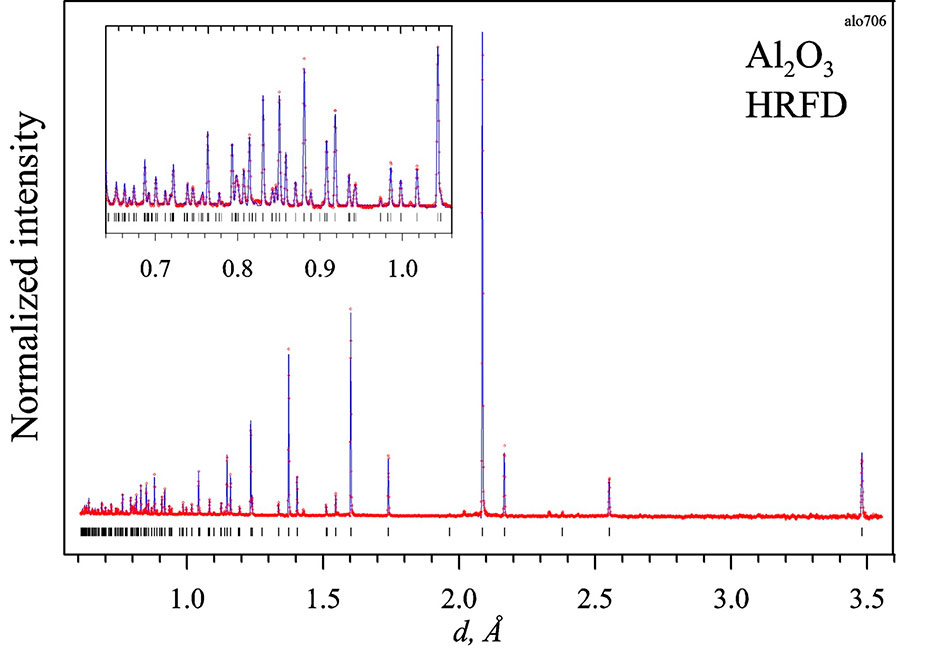
Fig. 1. Spectrum of Al2O3 standard obtained at the Fourier-chopper rotation rate of 4000 rpm and channel width of 4 μs.
Sample environment
The available sample environment equipment:
1) Air furnace (from RT up to 500 °С);
2) Vacuum furnace (from RT up to 1300 °С);
3) Closed-cycle helium refrigerator (from RT up to 2.4 К);
4) Closed-cycle helium refrigerator (from 300 °С up to 8 К);
5) Electromagnet (up to 0.95 T) (it is necessary to clarify with a responsable person);
6) Goniometer GKS-100;
7) Galvanostat-potentiostat: 0-10V, 0-15А;
8) Energy-selective neutron imaging camera. For neutron tomography experiments in the parallel beam. Resolution is 100 micrometers.
Possibility to prepare samples in inert atmosphere (Argon, Helium)
Possibility to perform X-Ray phase analysis if necessary.
Publications
1) A. Balagurov, D. Balagurov, I.Bobrikov, A. Bogdzel, V. Drozdov, A. Kirilov, V. Kruglov , S. Kulikov, S. Murashkevich,V. Prikhodko, V. Shvetsov, V. Simkin, A. Sirotin, N. Zernin, V. Zhuravlev, High-resolution neutron Fourier diffractometer at the IBR-2 pulsed reactor: A new concept, Nuclear Instruments and Methods in Physics Research Section B: Beam Interactions with Materials and Atoms, 436 (2018) 263-271
2) Balagurov, A. M., Bobrikov, I. A., Bokuchava, G. D., Zhuravlev, V. V.& Simkin, V. G. Correlation Fourier Diffractometry: 20 Years of Experience at the IBR-2 Reactor (2015). Phys. Part. Nucl. 46, 249–276. [pdf]
3) A.M. Balagurov "High-resolution Fourier diffraction at the IBR-2 reactor" (2005) Neutron News 16, 8-12. [pdf]


